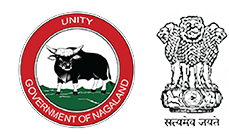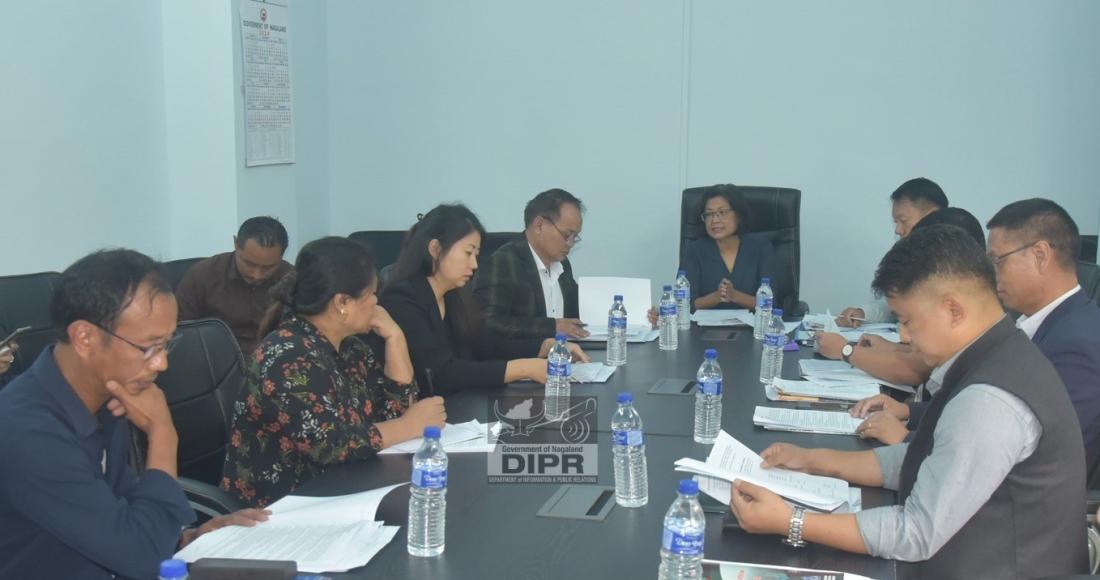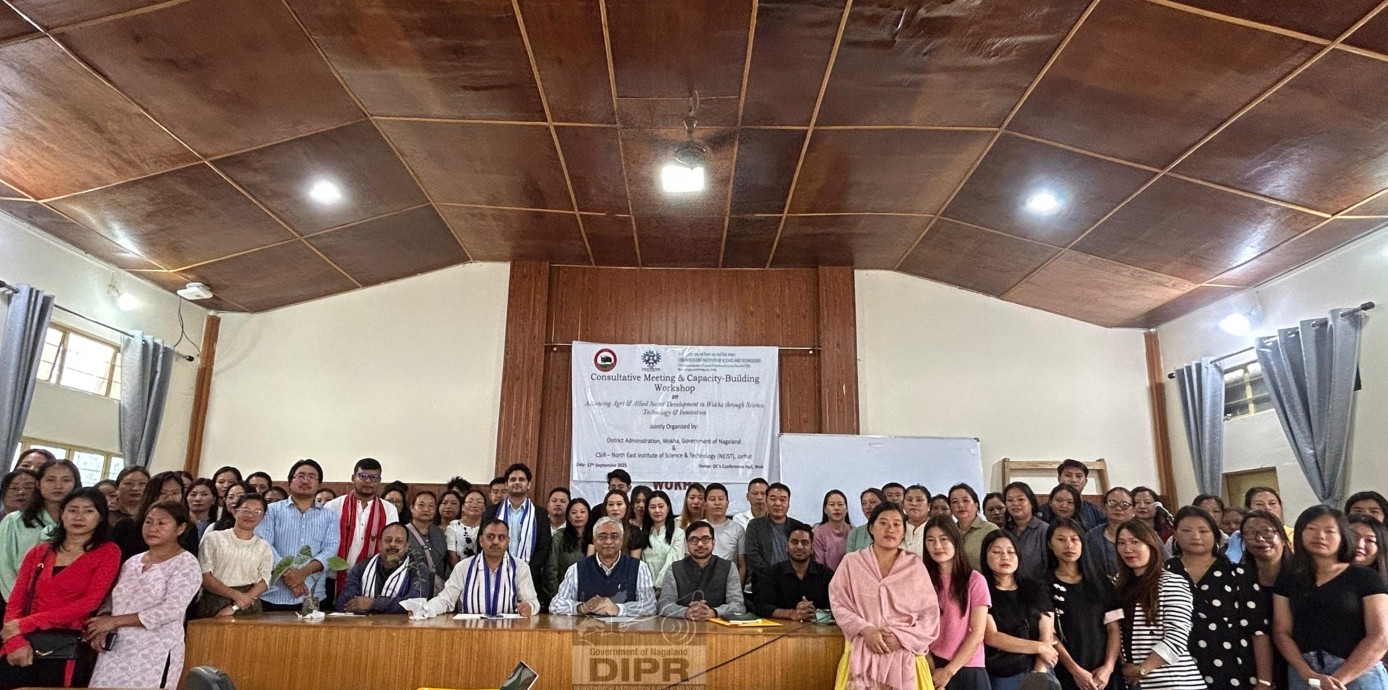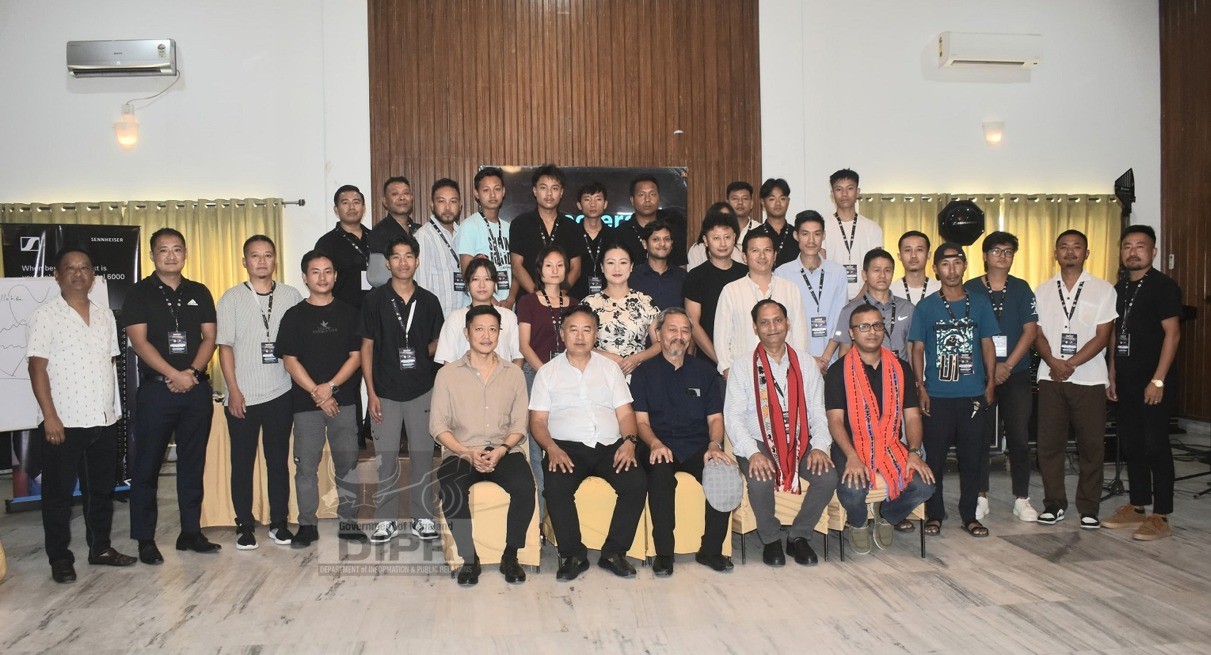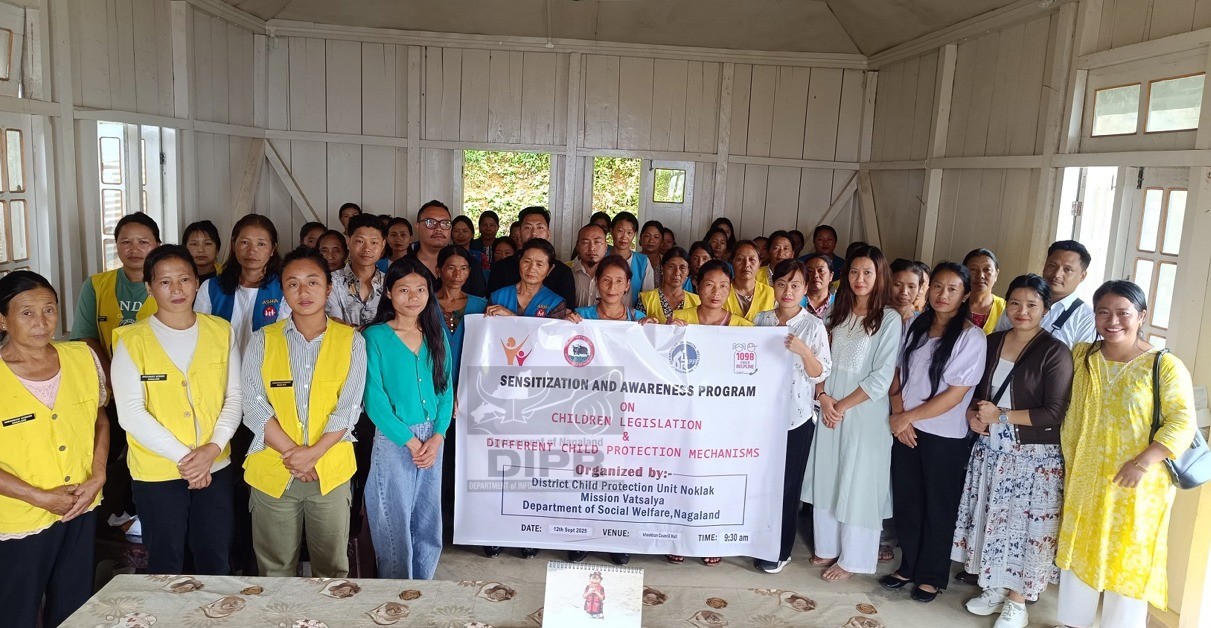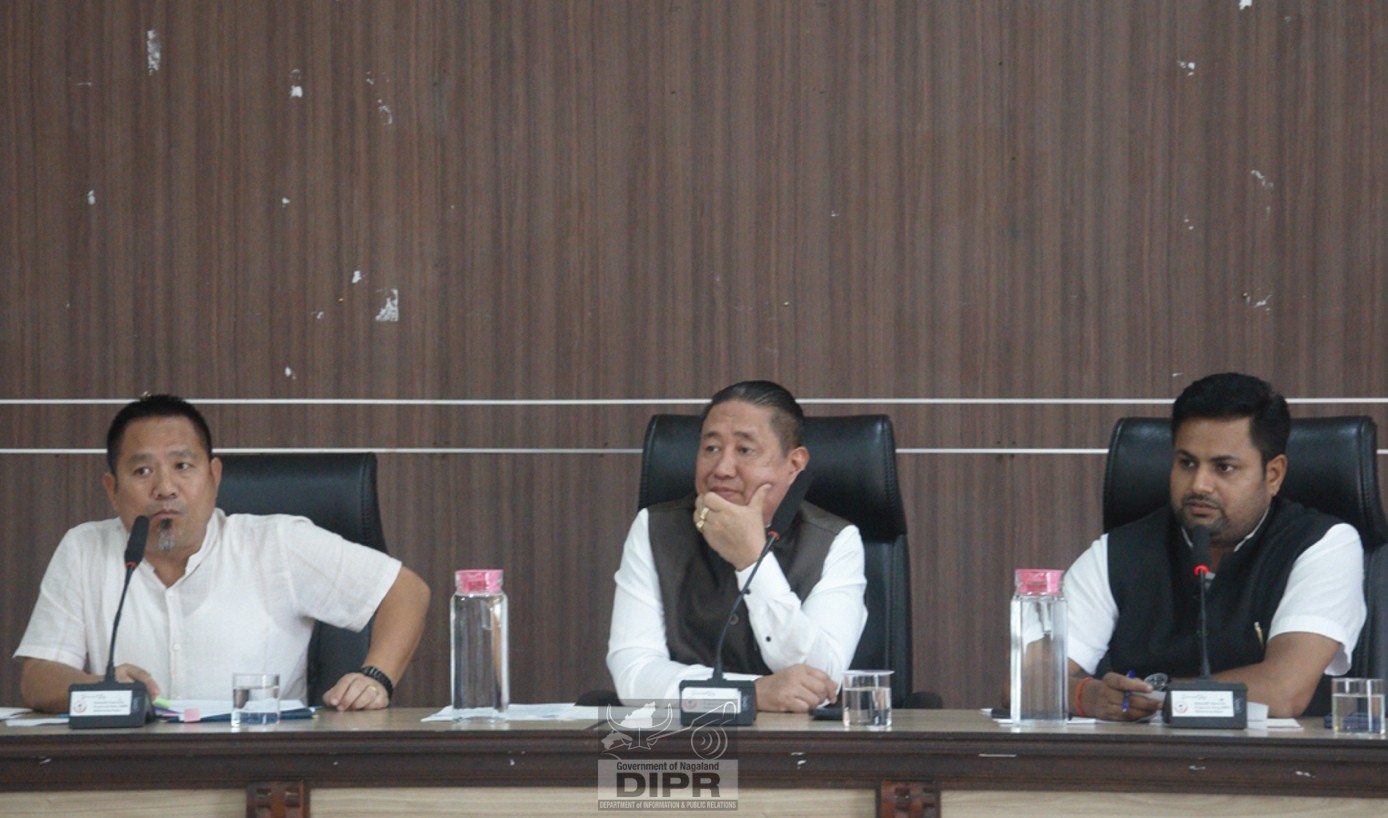A State-level Inter-Departmental Coordination Committee (IDCC) meeting took place at the Conference Hall of the Directorate of Economics & Statistics, Kohima on 3rd October 2024. The meeting addressed several key issues related to the registration of births and deaths in Nagaland, as well as efforts to improve the Civil Registration System (CRS) across the state.
Registration Centers in Nagaland
As of March 31, 2023, Nagaland operates 1,471 registration centers, with 1,439 located in rural areas and 32 in urban areas. In rural areas, each recognized village has a registration unit managed by the Head Teacher of the Government Primary School, who serves as the Registrar for births and deaths. In addition, registration units are present at Primary Health Centers (PHCs) and Community Health Centers (CHCs).
Urban areas, particularly district headquarters, have registration units located in the District Registrar's offices, typically headed by the District Economics and Statistics Officer. Units are also available in government district hospitals, municipal offices, and town councils. To facilitate operations, Statistical Staff such as Inspectors of Statistics and Field Investigators assists in managing these urban registration units.
Key Agenda Points Discussed in the 12th IDCC Meeting were:
Delayed Registration of Births and Deaths: The state’s high share of delayed birth registrations—beyond 21 days—was a focal point of discussion. A government notification dated September 20, 2024, mandates that indigenous inhabitants register births within six months as part of the process for applying for an Indigenous Inhabitant Certificate (IIC). The meeting addressed the need to streamline delayed registrations and the necessary documentary proof.
Sensitization on Birth and Death Registration: Despite an increase in the number of registered births and deaths, there remains room for improvement. Stakeholders from educational institutions, medical centers, village development boards (VDBs), and Anganwadi centers were urged to raise awareness on the importance of timely registration.
Training Programs at Block Level: The meeting emphasized the need for seminar-cum-training sessions for CRS functionaries, including Registrars, Notifiers, and Informants, to ensure they understand their roles and responsibilities. Inter-departmental coordination is seen as crucial to the success of this initiative.
Online Registration of Births and Deaths: With the introduction of an online registration portal under the Office of the Registrar General of India (ORGI), the IDCC stressed the need for CRS functionaries to have access to smartphones, computers, and the internet for effective implementation.
System of Reporting: The meeting called attention to delays in the submission of reports to the ORGI due to anomalies in the current reporting system. Registrars are required to submit their reports to the District Economics & Statistics Office, but improvements in this process were discussed.
Honorarium and Incentives: The committee discussed the importance of providing honorarium and incentives to Registrars of Births and Deaths to ensure better coordination and motivation.
Inclusion of Government Middle and High School Teachers: A proposal to include Government Middle School and High School teachers as Registrars was also considered to enhance the efficiency of the registration process.
The meeting concluded with calls for continued efforts to improve the overall civil registration process in Nagaland, particularly through greater coordination between departments and the adoption of new technologies.
(Takumpula Longkumer, IA)

